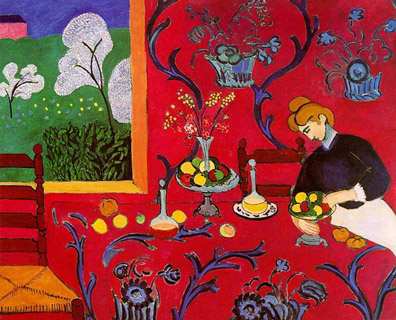In the middle years of the nineteenth century, Russia suddenly evolved into a powerhouse of modern literature and music. Turgenev and Dostoevsky burst into creative being, as Tolstoy started work on War and Peace. Borodin, Mussorgsky and Rimsky-Korsakov, members of the self-proclaimed “Mighty Handful”, set about transforming the language of musical composition. But in the visual arts it was a different matter. Looking back from the latter end of the century, the painter Ivan Kramskoi recalled that at the start of the 1860s “there was an extraordinary number of young upshoots, but they all seem to have wilted after sprouting”.
The critic Pavel Annenkov, a friend of Gogol, was in little doubt that “the new French School” led the way in European painting, with Russia trailing far behind. “French art,” he proclaimed, “is the only art in Europe which speaks with its own voice, without prompting from one or another school or movement or approval by an academy or some important person. Only it is sincere, only it is working in the strictest sense of the word… It is the child of its age, both in the daring of its undertakings and the depth of its failures.”
“From Russia: French and Russian Master Paintings 1870-1925 from Moscow and St Petersburg”, at the Royal Academy of Arts, is a testament to the Russian love affair with the art of France – a passion coloured, at times, with elements of inferiority complex. The exhibition presents a cornucopia of remarkable paintings drawn from the four principal Russian art museums: the Pushkin State Museum of Fine Art and the State Tretyakov Gallery in Moscow; the State Hermitage Museum and the State Russian Museum in St Petersburg. It tells two, interrelated stories. On the one hand, it charts the remarkable...


